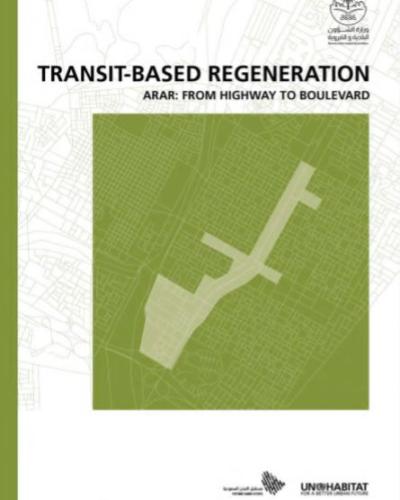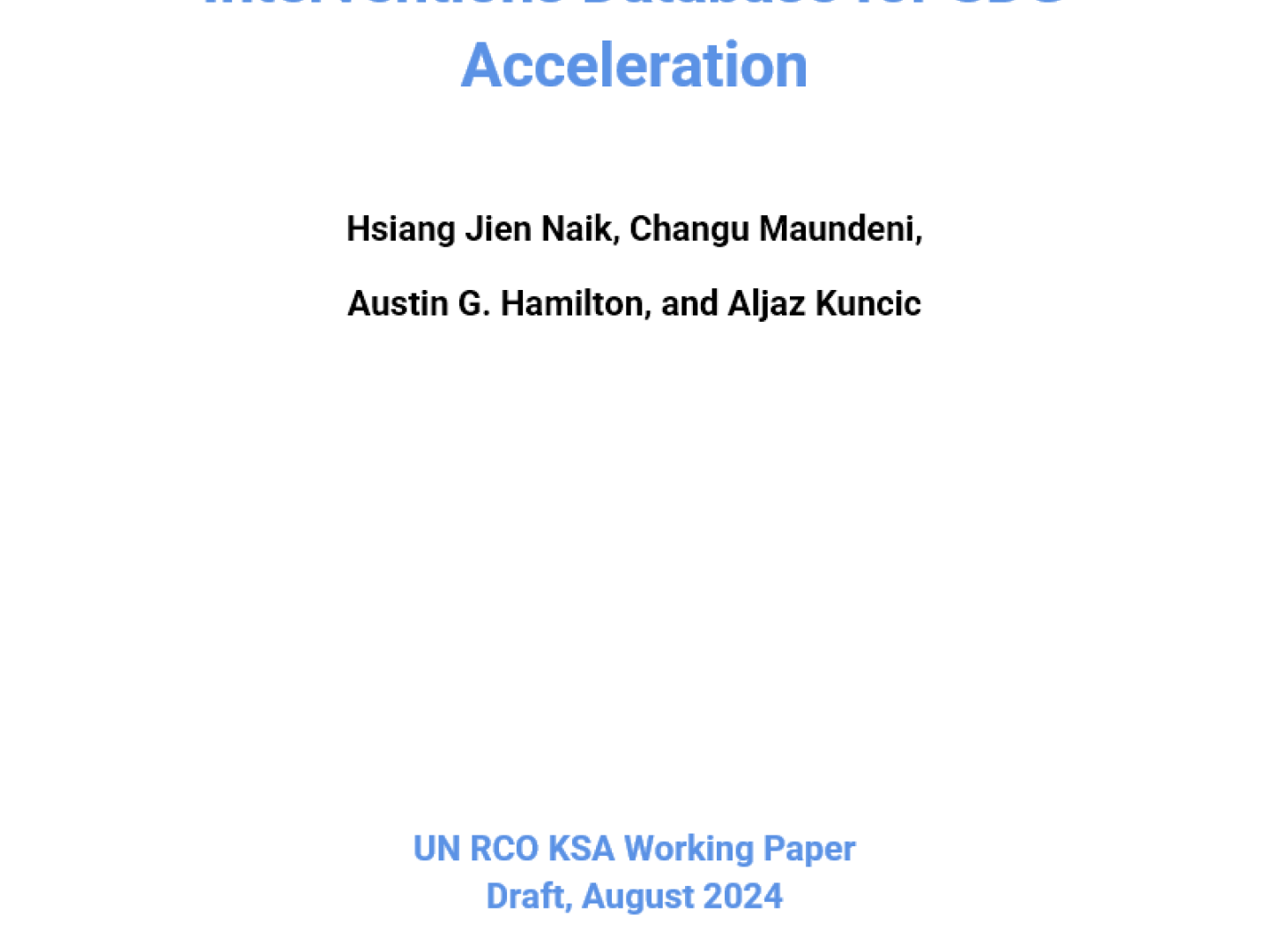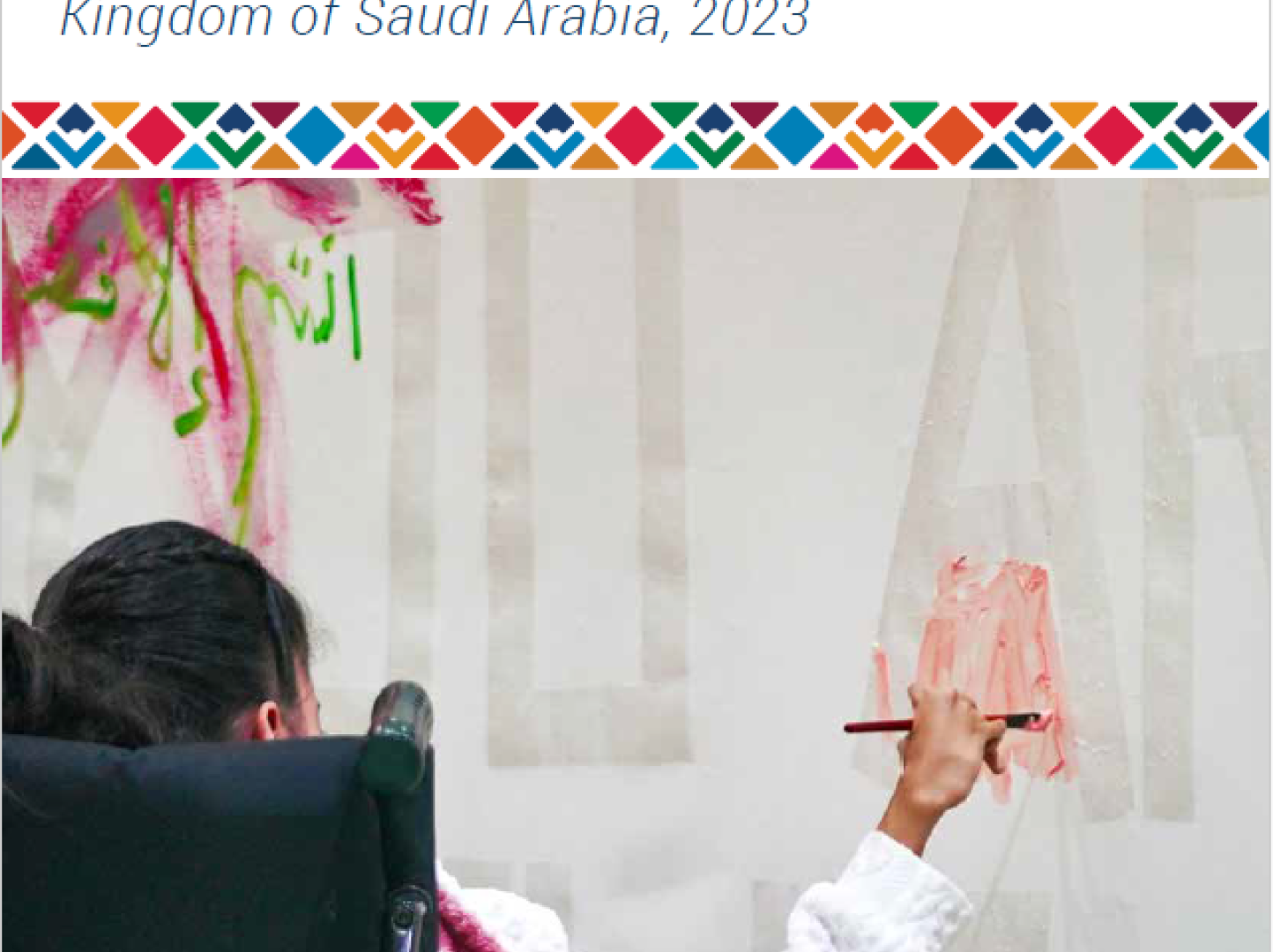Transit-Based Regeneration: Arar

UN-Habitat’s three-pronged approach considers spatial planning in relation to legal and institutional frameworks, in addition to financial mechanisms. In this way, success criteria for the sustainable implementation of a spatial plan should include flexible but enforceable rules and regulations, in addition to a financing strategy and projections.
As a pragmatic explication of this approach, three local demonstration projects representing essential elements of a strengthened and improved planning system have been developed. As applicable to all of these projects, the demonstration project for Arar has been elaborated to include schematic designs and feasibility studies, that can later be transformed into implementation plans. Such implementation plans are projected to be undertaken by the Ministry of Municipal and Rural Affairs (MoMRA), in collaboration with other partners in the Kingdom. Though this project is localised in order to provide a detailed and calculated projection of impact, it has been designed to address problems that have been analysed as paradigmatic of Saudi cities, and the themes and elemental compositions presented here, are considered as transposable in the larger Saudi context.
The project addresses themes such as compaction and densification, connectivity, circulation hierarchies, equitable access to infrastructure, and transport and facilities. It also acknowledges the importance of the natural ecosystems that interact with the city and endeavours to create more meaningful symbiotic connections with those ecosystems. This plan has drawn from a detailed analysis of Arar’s strengths and weaknesses and intends to enhance the city’s natural features and to bring renewed im




